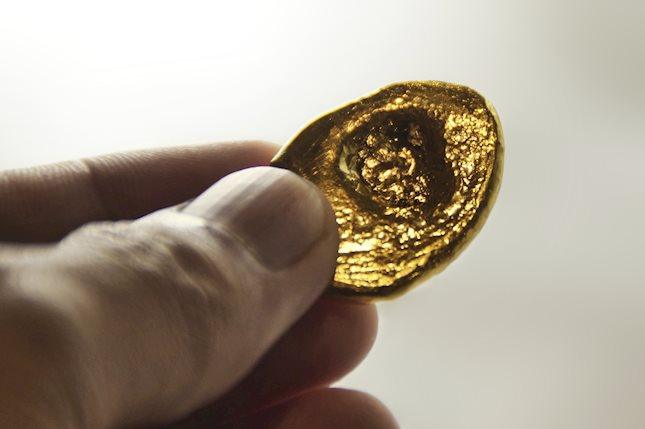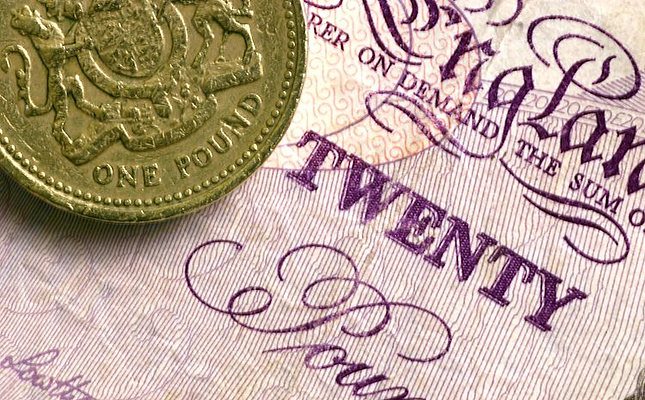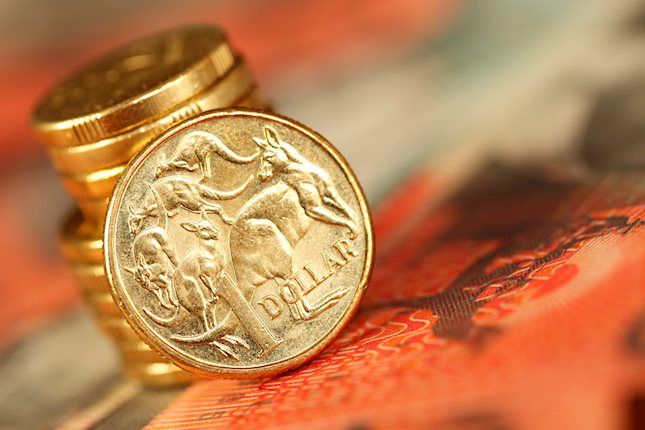Gold price finished the week with gains amid geopolitical tensions, shy of $2,400
- Gold price peaked at $2,417 per ounce following escalating conflict between Israel and Iran with investors seeking safety.
- Prices stabilized around $2,394 after Tehran indicated no immediate plans for retaliation, calming initial fears.
- US Treasury yields and the US Dollar's decline support Gold's gains, although Fed officials hint at ongoing restrictive monetary policy.
Gold price hit a five-day high above the $2,400 figure amid an escalation of the Middle East conflict between Israel and Iran. An Israeli attack on Iran on Friday sent bullion toward its daily high of $2,417 a troy ounce as ebbs and flows flock to safety in the uncertainty of the outcome. However, the rally was short-lived as Tehran said it had no plans to retaliate.
XAU/USD trades at $2,394, registering gains of 0.70% after Golds seesawed $44.00 as traders digested Friday’s developments. Aside from this, the drop in US Treasury bond yields and the Greenback keeps the golden metal afloat. This is despite recent hawkish comments by Federal Reserve (Fed) officials, who have adopted a more neutral stance suggesting that the disinflationary process has stalled.
On Friday, Chicago Fed President Austan Goolsbee exited from its dovish stance and stated that the inflation progress had “stalled,” adding that “the Fed’s current restrictive policy is appropriate.” His words echoed comments made by Atlanta Fed’s Bostic and New York Fed’s Williams, who crossed the newswires on Thursday.
Bostic, one of the most hawkish members of the Federal Open Market Committee (FOMC), went beyond Goolsbee and Williams's comments, saying that the Fed wouldn’t reduce rates until the end of the year.
Daily digest market movers: Gold rises on risk-off mood despite hawkish Fed commentary
- Gold remained underpinned during the week by the geopolitical risks linked to the Middle East conflict following Iran’s attack on Israel. The non-yielding metal is on its way to registering more than 2.25% weekly gains.
- The10-year Treasury benchmark rate is up 8 basis points in the week at 4.615%. US real yields are also up 8 bps and will likely end the week near 2.215%.
- Data during the week: Strong US Retail Sales were the first piece of data to spark a repricing of interest rates set by the Fed. Consequently, the US 10-year note yield peaked at 4.696%, a level last seen in November 2023.
- Firm Industrial Production data for March and solid jobs data, with Initial Jobless Claims lower than expected, overshadowed the housing market's sudden weakness.
- Atlanta Fed’s Raphael Bostic noted that inflation is too high, and the US central bank still has a way to go to tame it. He added that the Fed won’t be able to reduce rates. Earlier, New York Fed President John Williams stated that the Fed is data-dependent and emphasized that monetary policy is in a good place, so he wasn’t in a rush to cut rates. His baseline doesn’t consider hiking rates but added that the Fed will hike if needed.
- CME FedWatch Tool shows that the first-rate cut could happen in September, with odds for a quarter percentage point cut at 67%, up from Thursday’s 66%.
- US Dollar Index (DXY), which tracks the buck’s performance against a basket of six other currencies, loses 0.05% to 106.15.
Technical analysis: Gold climbs on risk aversion as buyers lose steam
Gold price is upwardly biased, though it seems that buyers could be losing momentum as Friday’s spike to $2,417 was courtesy of risk aversion. The Relative Strength Index (RSI) remains at overbought levels, but it hasn’t surpassed the last peak, which means there’s a slight divergence between price action and momentum. That could pave the way for a pullback, but the most likely scenario is a continuation of the uptrend.
That said, XAU/USD's first resistance would be $2,400, followed by Friday’s high of $2,417. A breach of the latter will expose the all-time high of $2,431. On the other hand, if XAU/USD is headed for a correction, the first support would be the $2,350 mark, followed by the April 15 daily low of $2,324. Once surpassed, Gold might test $2,300.
Gold FAQs
Gold has played a key role in human’s history as it has been widely used as a store of value and medium of exchange. Currently, apart from its shine and usage for jewelry, the precious metal is widely seen as a safe-haven asset, meaning that it is considered a good investment during turbulent times. Gold is also widely seen as a hedge against inflation and against depreciating currencies as it doesn’t rely on any specific issuer or government.
Central banks are the biggest Gold holders. In their aim to support their currencies in turbulent times, central banks tend to diversify their reserves and buy Gold to improve the perceived strength of the economy and the currency. High Gold reserves can be a source of trust for a country’s solvency. Central banks added 1,136 tonnes of Gold worth around $70 billion to their reserves in 2022, according to data from the World Gold Council. This is the highest yearly purchase since records began. Central banks from emerging economies such as China, India and Turkey are quickly increasing their Gold reserves.
Gold has an inverse correlation with the US Dollar and US Treasuries, which are both major reserve and safe-haven assets. When the Dollar depreciates, Gold tends to rise, enabling investors and central banks to diversify their assets in turbulent times. Gold is also inversely correlated with risk assets. A rally in the stock market tends to weaken Gold price, while sell-offs in riskier markets tend to favor the precious metal.
The price can move due to a wide range of factors. Geopolitical instability or fears of a deep recession can quickly make Gold price escalate due to its safe-haven status. As a yield-less asset, Gold tends to rise with lower interest rates, while higher cost of money usually weighs down on the yellow metal. Still, most moves depend on how the US Dollar (USD) behaves as the asset is priced in dollars (XAU/USD). A strong Dollar tends to keep the price of Gold controlled, whereas a weaker Dollar is likely to push Gold prices up.
Forex News
Keep up with the financial markets, know what's happening and what is affecting the markets with our latest market updates. Analyze market movers, trends and build your trading strategies accordingly.















